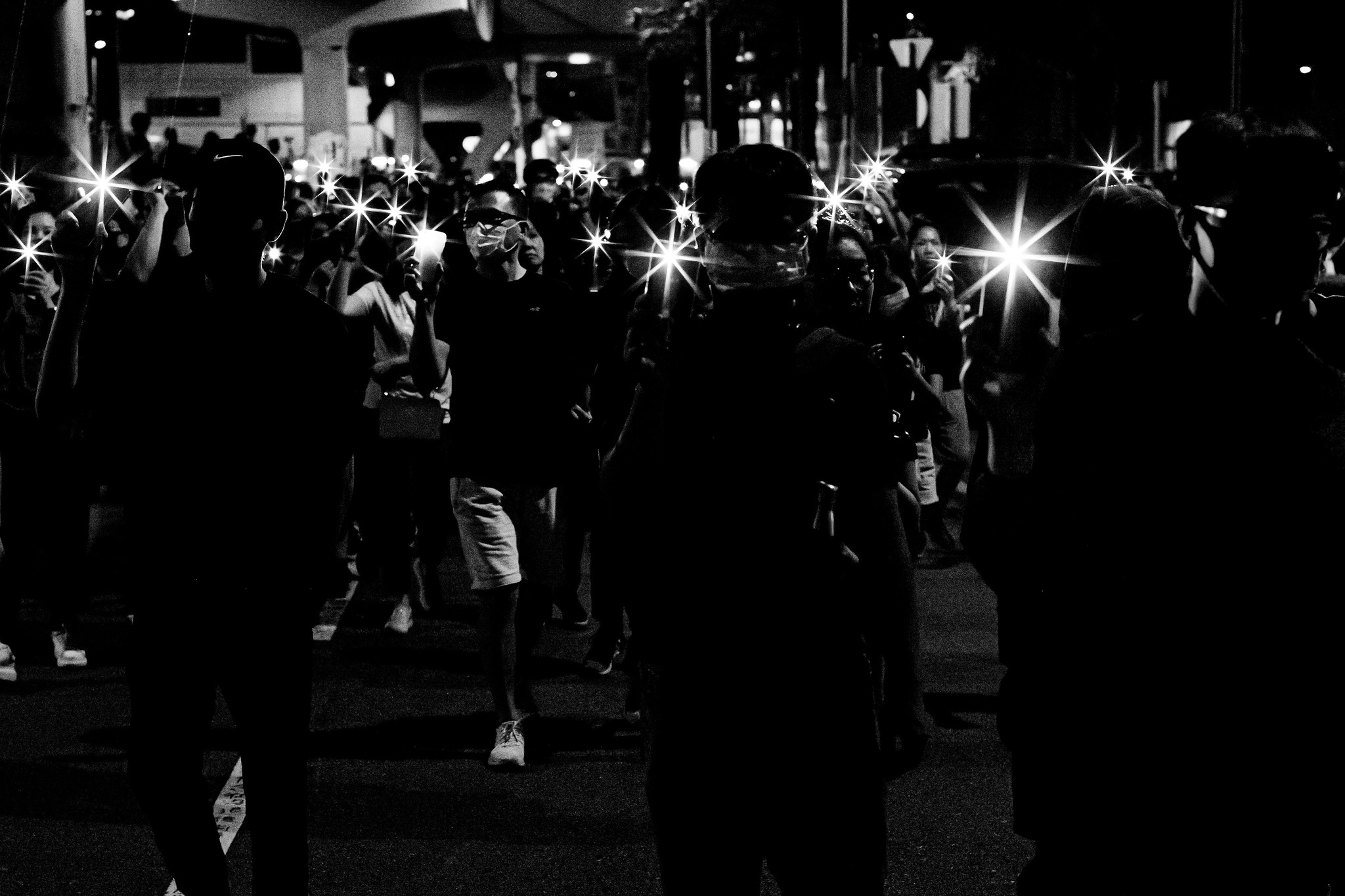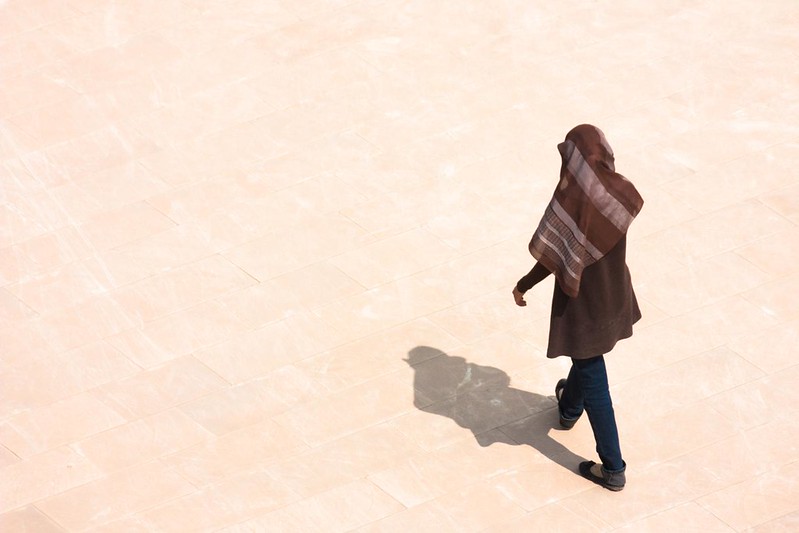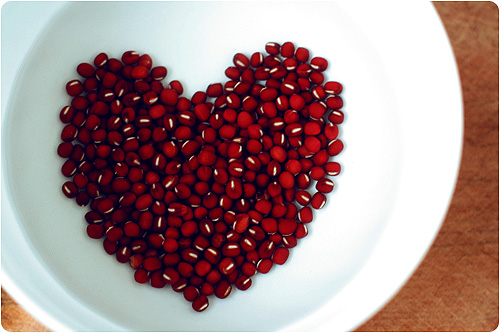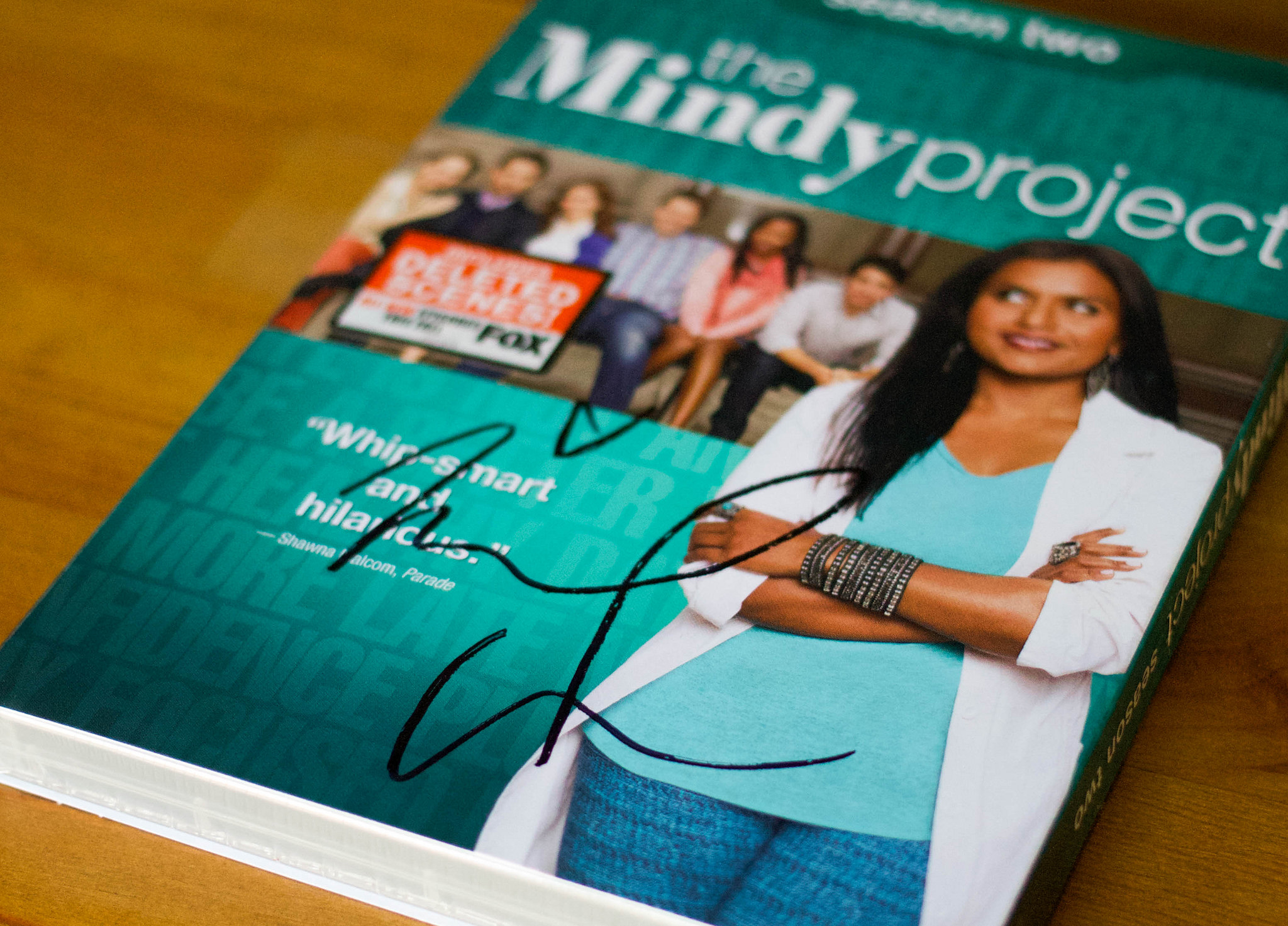Following on the heels of Mindy Kaling’s black-and-white Elle cover controversy is Lupita Nyong’o’s Vanity Fair cover debate. Within minutes of these two images being released, one Twitter user after another began to point out that these fashion magazines had lightened the skin color of their cover girls. It can’t be denied that the two actresses’ skin tone in candid photographs, as well as in their respective TV sitcom and movie, stand in stark contrast to their magazine covers where both are shown as a smiling but washed out version of their natural dark chocolate brown complexion. So it seems that the world of high fashion is just as averse to dark skin as it is to anything less than 110 pounds.
This prejudice shouldn’t take us by surprise—anger us and dishearten us, yes, but not shock us. After all, we need only look back four years to remember that an Elle cover featuring Oscar contender Gabby Sidibe of “Precious” stirred up the same contention. The breakout star could be seen looking up at us from grocery checkout lines across America with her normally dark brown complexion diluted to a caramel color. Sidibe’s Elle incarnation looked shades lighter than when she graced the cover of Ebony.
The charitable part of us wants to give these magazine editors the benefit of the doubt. As a brown skinned Muslim woman I would like to believe that perhaps the lighting during the photo shoot was not quite right? But then I can’t help but wonder why the error was not caught in the post-shoot editing, when every other detail of a cover girl is so fastidiously scrutinized (and, let’s be honest, perfected using Photoshop). Whatever flimsy excuses we or the magazine editors might make, in truth, we are smart enough consumers to know it is too great a coincidence that so many dark skinned starlets have fallen prey to “poor lighting.” Too many ladies with infectious charm, who sit so blatantly outside of the cookie-cutter mold that they seem to represent all our triumphant underdog fantasies, are made intentionally lighter.
Women of color are certainly featured on the covers of more magazines today than they were, say, a decade ago. A 2002 New York Times article noted that Halle Berry, then featured on Cosmopolitan’s December issue, was only the fifth black woman to appear on the cover since the magazine began using cover photographs in 1964. As the demographics of this country shift, magazines are learning—albeit embarrassingly slowly– to embrace a wider cross section of cover subjects. But unless they photograph these women as they truly are, dark skin and all, these publications only give the impression that minority cover girls are the magazines’ half-hearted token gesture at diversity—“See, we’re just bold and broad minded enough to celebrate an unconventional looking actress!” What I, and women of color across the country, hear is “…umm, but we do need to lighten her to make her more palatable and pretty.”
Photo Credit: LWYang
















